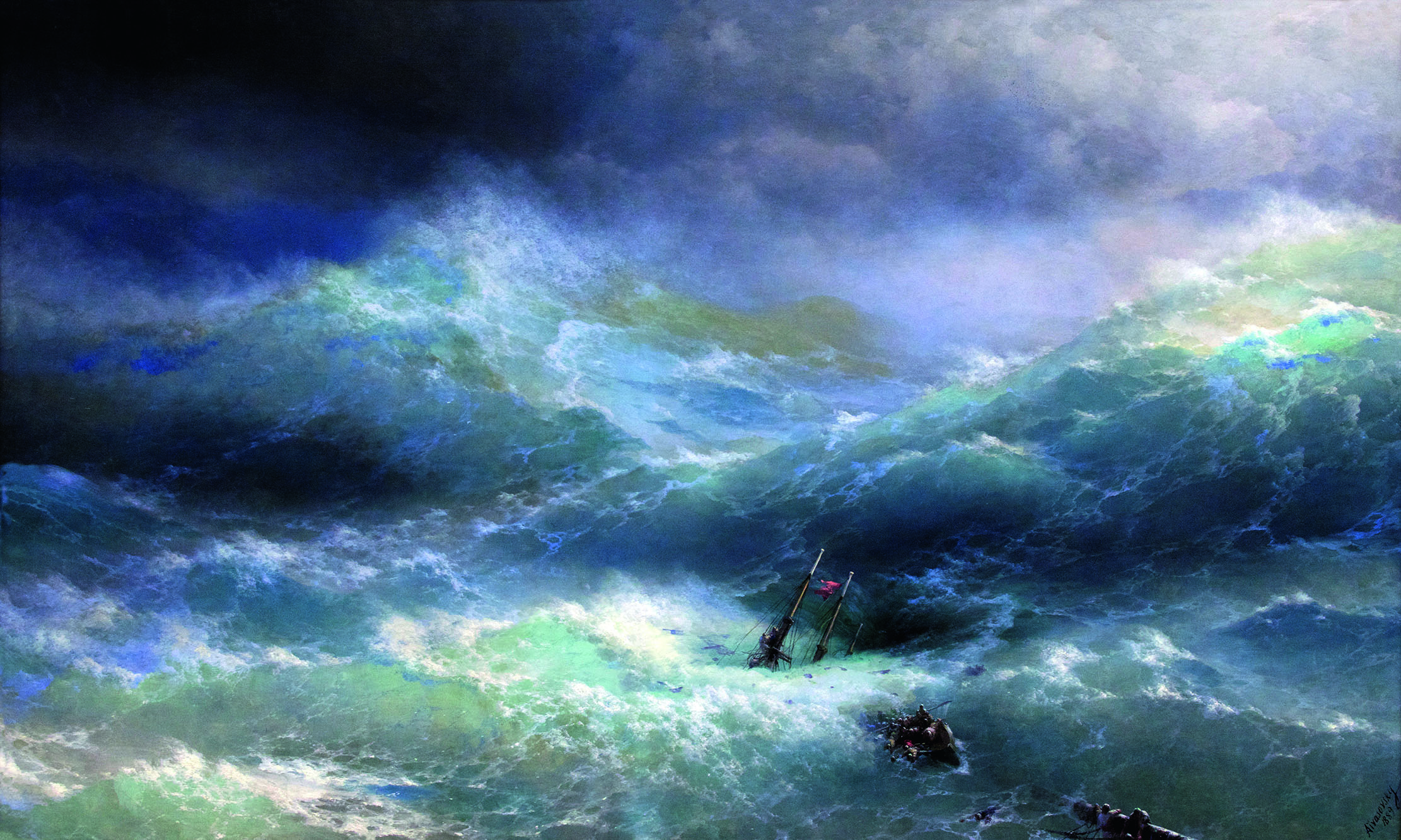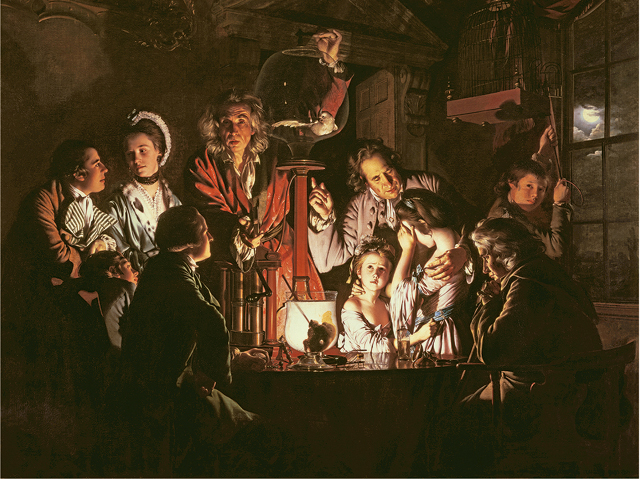My Favourite Painting: Charles Foster
The writer, barrister and veterinarian Charles Foster on a dramatic seascape by Konstantinovich Aivazovsky.


Charles Foster chooses The Wave by Ivan Konstantinovich Aivazovsky
'This isn’t merely a picture: you can hear it smashing, roaring, grinding, snarling and snapping. And it’s a moral education, for violent saltwater dissolves all vanity and pretension. Look what the natural world does to our cherished plans. Look at that pathetic little national flag flapping on the mast. It’s about to disappear into the maw.
'Yet there’s great human dignity and nobility here, too. What sort of creatures other than albatrosses risk that? Humans do. There’s a proper kind of pride. The ocean’s deadly to the arrogant, but humility and courage might just save those sailors.'
Charles Foster is a writer, barrister and veterinarian and teaches medical law and ethics at the University of Oxford. He is the author of more than 40 books, on subjects from travel to evolutionary biology.
Charlotte Mullins comments on The Wave
This vast canvas is filled by a roiling sea, its mountainous waves engulfing a three-masted ship that founders in its midst. A tiny lifeboat packed with survivors battles to stay afloat as several men cling to wreckage that floats nearby. The sky is a murderous purple; the sea a blizzard of white foam whipped up by an unforgiving wind. Ivan Aivazovsky’s seascape encapsulates the sublime force of Nature and is a prime example of why he has long been considered the greatest Russian maritime painter of the 19th century.
When Aivazovsky painted The Wave, he was in his seventies, internationally acclaimed and hugely influential. His early fans included Eugène Delacroix and J. M. W. Turner, fellow Romantic artists who admired his splicing of Nature and emotion. Following gold-medal success in official exhibitions in St Petersburg, he returned to his home city of Feodosia in the Crimea (now part of Ukraine) in the mid 1840s.
He was well travelled and had witnessed the changeable moods of the sea, but he didn’t paint from life, preferring to distil his experiences and work from memory. At his peak he was producing more than a work a week and about 6,000 of his paintings remain.
Aivazovsky’s seascapes often feature men clinging to wreckage in life-threatening conditions, as in this example, but he also painted tranquil, harmonious scenes and was fascinated by the mercurial nature of the sea.
‘The sea is my life,’ he said. ‘If I were to live another 300 years, I would always find something new in the sea.’

Credit: Bridgeman images
Exquisite houses, the beauty of Nature, and how to get the most from your life, straight to your inbox.
My favourite painting: Joanna Trollope
'It looks to me as if painter and subject were very well matched '

My favourite painting: Jacqueline Wilson
'I looked at this painting and decided to write about a Victorian circus girl one day'

My favourite painting: Nicola Shulman
Nicola Shulman chooses her favourite painting for Country Life.

Charlotte Mullins is an art critic, writer and broadcaster. Her latest book, The Art Isles: A 15,000 year story of art in the British Isles, will be published by Yale University Press in October 2025.